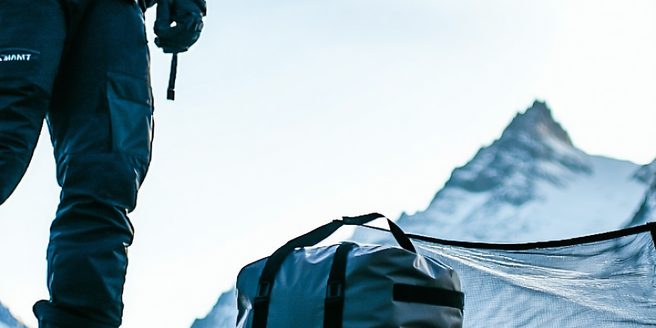
Understanding Wind Chill Factors on Campsites
Wind chill refers to the perceived decrease in air temperature felt by the body due to the flow of air. On campsites, understanding wind chill is crucial for safety and comfort. The impact of wind chill is more significant in open areas where wind exposure is greater. It’s important to check wind speeds when planning your campsite. Higher wind speeds can increase the risk of hypothermia and frostbite, as the moving air strips away the thin layer of warm air close to the skin. Campers should consider using barriers, such as tents and natural structures, to shield themselves from direct wind exposure. By understanding the wind chill factors, campers can make informed decisions about gear and shelter, ensuring a safer camping experience even in colder environments.
Proper Clothing Choices for Battling Wind Chill
Choosing the right clothing is vital in combating the effects of wind chill when camping. Layers are essential, as they allow campers to adjust insulation levels according to the weather conditions. Start with a moisture-wicking base layer to keep sweat off the skin, followed by an insulating middle layer such as fleece or wool. The outer layer should be windproof and waterproof, providing an effective barrier against the elements. Accessories like gloves, hats, and neck gaiters are also important for protecting extremities, which are more susceptible to cold. It’s advisable to avoid cotton, as it tends to retain moisture and lose insulating properties when wet. By carefully selecting clothing and using the right combinations, campers can maintain warmth and comfort in windy conditions.
Setting Up Campsites to Minimize Chill Effects
Strategic campsite setup can significantly minimize the effects of wind chill. Choose a location that offers natural windbreaks, such as dense stands of trees or ridgelines. Avoid setting up camp in exposed areas like open fields or hilltops where wind speeds are typically higher. Position your tent with the narrow end facing the wind to reduce wind resistance. Utilize tarps or wind screens, which can be set up around your campsite to block wind from common areas. Consider using a tent specifically designed for cold weather camping, as these tents offer better insulation and wind resistance. By taking these steps in planning your campsite setup, you can create a warmer and more comfortable environment, protecting against the chilling effects of the wind.
Utilizing Gear and Equipment to Combat Cold
Proper gear can make a significant difference in combating cold at campsites. Invest in high-quality sleeping bags that are rated for temperatures below the expected lows. Sleeping pads or mats are essential for insulation from the cold ground. Consider using a bivy sack or thermal liner to increase warmth in your sleeping setup. Portable heaters, though not always feasible for backpackers, can provide warmth in more stationary campsites. Windproof stoves are ideal for cooking in windy conditions, as they help shield the flame from gusts. Additionally, rechargeable hand warmers can provide personal heat during cold spells. Proper utilization of gear and equipment enhances warmth and comfort, allowing campers to enjoy the outdoors even in windy and chilly conditions.
Safe and Effective Campfire Practices in Windy Conditions
Building a campfire in windy conditions requires caution to ensure safety and effectiveness. First, select a sheltered location away from overhanging branches and dry vegetation. Use natural windbreaks to block gusts or construct a barrier using rocks or logs. Create a fire base with sand or dirt to prevent the spread. Keep the fire small and controlled, adding fuel gradually to maintain warmth. Always have a bucket of water or a fire extinguisher ready for emergencies. Monitor the fire continuously, and thoroughly douse it before leaving the area. By practicing these methods, campers can safely enjoy the warmth and ambiance of a campfire, even in challenging windy conditions.
Staying Warm Overnight: Tips for Sleeping in Wind
Staying warm overnight in windy conditions requires thoughtful preparation and techniques. Begin by selecting the right sleeping bag suitable for low temperatures and wind chill. Use a high-quality sleeping pad to create a thermal barrier between you and the ground. Wearing appropriate sleepwear and using sleeping bag liners can add extra warmth. Setting up your tent strategically with the wind direction in mind can reduce overnight draughts. Consider the use of additional insulation, such as insulated tarps or tent covers. Close all zippers and vents to limit wind entry while ensuring the tent is adequately ventilated to prevent condensation. With these considerations, campers can remain warm and comfortable through the night despite the challenging cold and wind.
